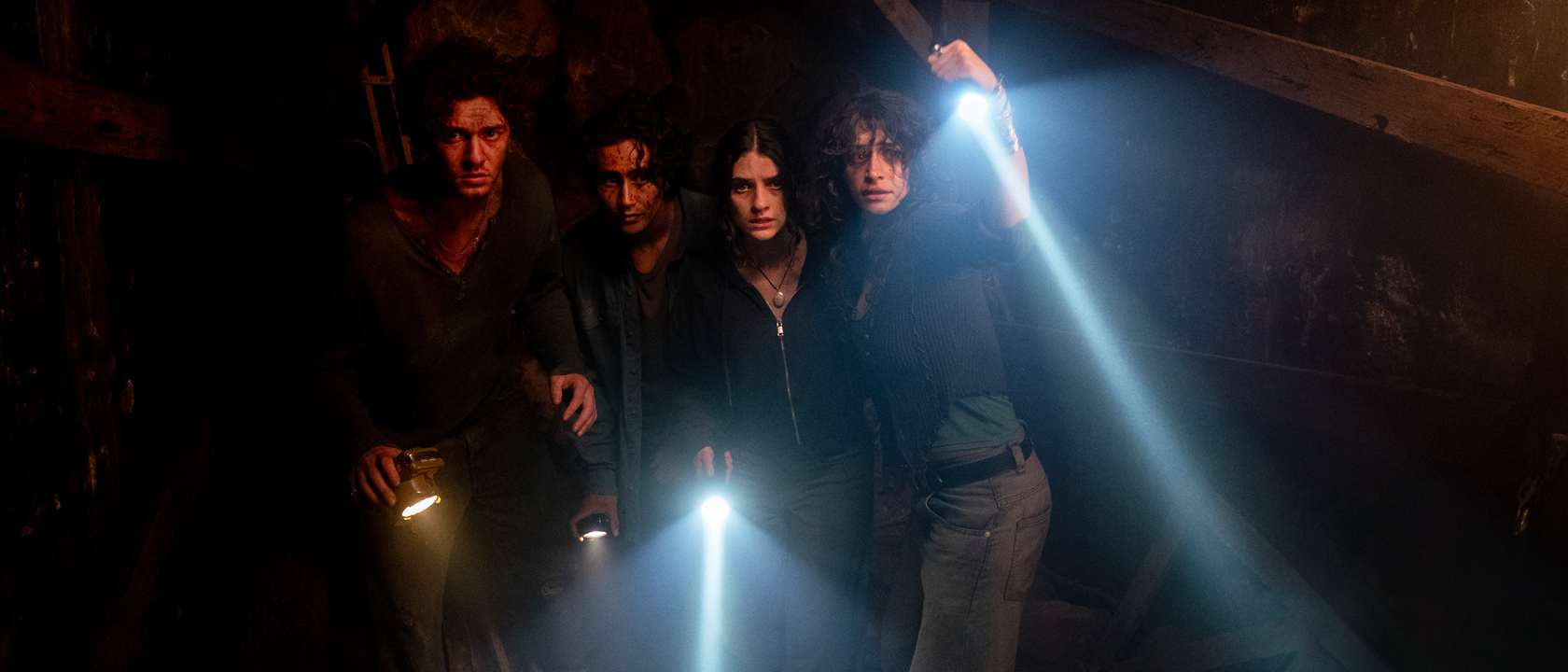The Sea Inside is a foreign language film about a quadriplegic who wants to kill himself. That’s not a spoiler, just a warning to let you know what sort of movie you’re in for here. This isn’t a happy character study about a quirky handicapped guy triumphing over his disability to bring light and life to others. Ramon (Javier Bardem) is not a friendly cripple. He’s a bitter guy who lies in bed and smiles a lot, refusing to even attempt to find a life for himself after his accident and instead spends thirty-something years trying to talk the government into making it legal for someone to smother him with a pillow. Ramon smiles not because he’s happy, but because he figured out that’s the thing to do to make people around him feel better while he contemplates death.
Based on the real life story of Spaniard Ramon Sampedro, the film gets its name from Ramon’s obsession with the sea. It is the sea which took away his mobility in the first place, when a diving accident as a young man leaves him permanently paralyzed from the neck down. Yet his love of it remains unabated. When he feels the most trapped, Ramon envisions himself leaving his bed and flying out the window Peter Pan style to the ocean that he loves. The Sea Inside’s budget isn’t big enough to cover things like flying, so we see this as a sequence in which Ramon gets a running start towards his window, and then switch to a first person, through his eyes view that is obviously actually that of a camera strapped to a helicopter.
Perhaps Ramon should aim a little lower with his dreams, maybe focusing on fantasies of sitting up. As a person with mobility, I dream of flying. If I were in a wheel chair I might dream of walking, were I confined to a bed, I suspect I’d dream of peeing in a toilet. Ramon dreams big, but does little to act on it. It’s hard to sympathize with his wish for death when he’s intentionally passing up so much opportunity. It’s true, Ramon has been trapped in the same room, in the same bed for the past 26 years… but only because he refuses to accept a wheelchair. Ramon wishes for death because he feels he cannot have a life in this condition, but Ramon also refuses to try.
What makes this all the more frustrating is that Ramon himself is so wonderfully likable. Despite his insistence on wallowing in his extreme handicap, the man himself is charismatic and engaging. You want to like Ramon and what’s more you want Ramon to like himself. He influences and encourages the people around him for the better, and as a result is a man surrounded by love. For Ramon, that simply isn’t enough.
The Sea Inside is a confounding movie, and I never felt sure whether I was supposed to support Ramon in his cause or be appalled by it. As an advertisement for the “Dignity with Death” movement, the film is a muddled one. It leaves you with the feeling that what Ramon needs is not the freedom to end his life, but some heavy duty counseling.
In the end, The Sea Inside becomes not so much a movie about whether a man has the right to take his own life, but a film that simply asks what would you do when confronted with the same situation. Ramon Sampedro has considered this question from every angle and made his choice. He simply no longer cares to live. Can a man who no longer wants to see what happens tomorrow really be considered sound of mind? I have to believe he isn’t, which leaves The Sea Inside as a story about a brilliant mind wasted by madness, selfishness, or flat out laziness. Take your pick. Quadriplegics everywhere live happy, productive, and influential lives. It’s hard to have sympathy for a man, however gentle and full of charm, who refuses to live his. But then perhaps The Sea Inside doesn’t expect us to. .











